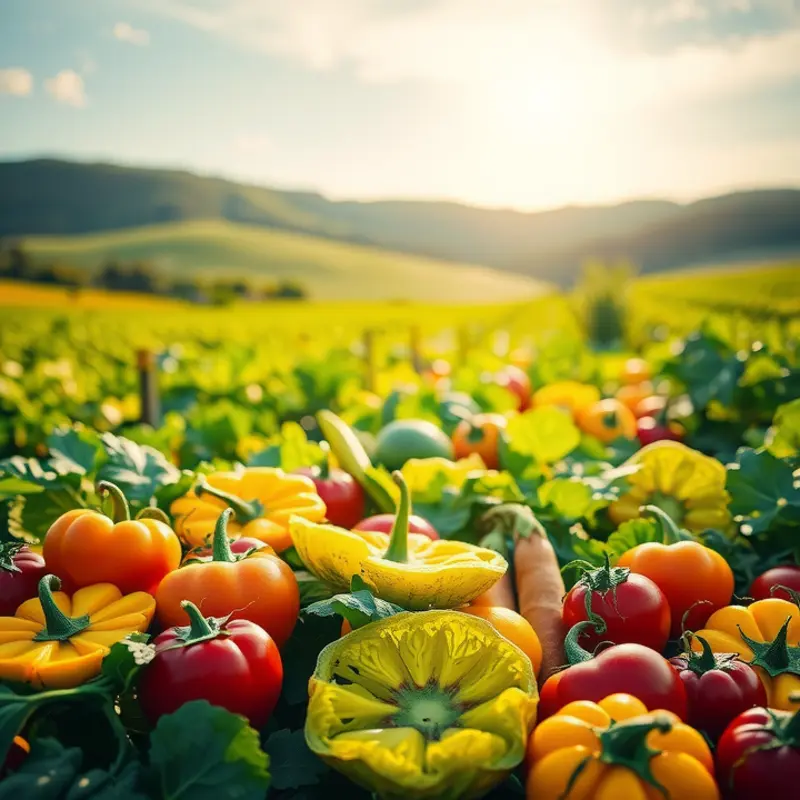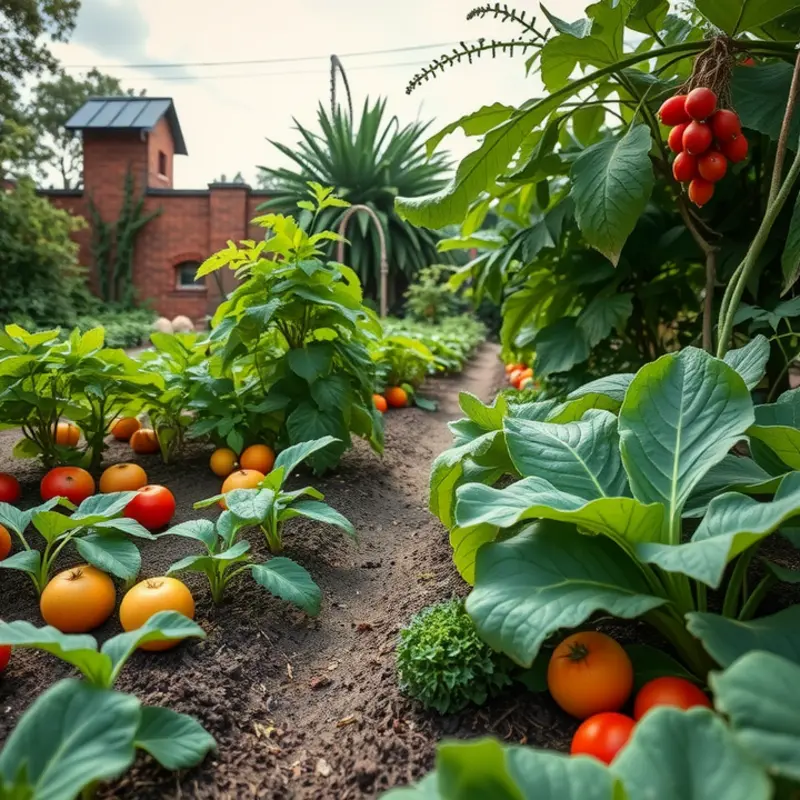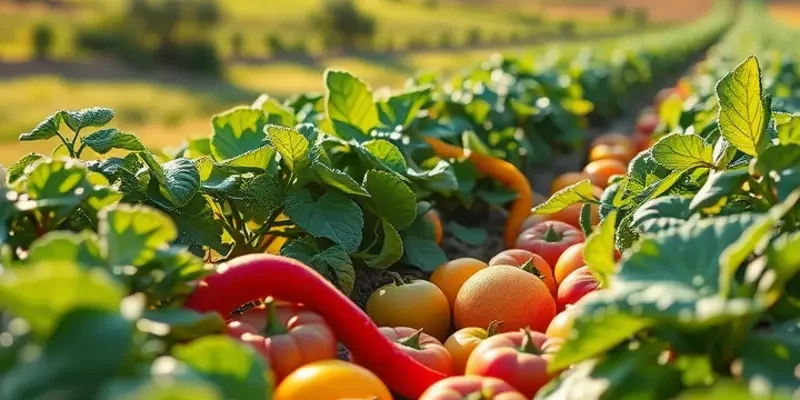Food blending opens up a world of flavor and texture possibilities in the kitchen. Whether you are a novice or a seasoned cook, mastering blending techniques can elevate your culinary creations. From smoothies to sauces, understanding how to blend efficiently can save you time and enhance your dishes. This guide provides practical tips for getting the most out of your blender or food processor, helping you create delicious meals with ease.
Choosing the Right Blender

Selecting the right blender involves considering various types and understanding their distinct features to match your cooking style. The standard countertop blender is a staple in many kitchens. It’s powerful, designed for versatility, and can tackle tasks from smoothies to soups. These blenders boast a large pitcher, typically made of glass or plastic, and can handle a wide range of ingredients efficiently. Their strength lies in their ability to pulverize ice and fibrous vegetables, making them ideal for adept smoothie makers.
High-performance blenders, on the other hand, offer advanced capabilities. Equipped with robust motors, they outperform standard models by producing velvety textures and can even create heated soups through friction. This makes them a worthwhile investment for those who frequently blend hard ingredients like nuts or want to explore culinary creativity.
If space is an issue, personal blenders are an excellent choice. Compact and easy to store, they are perfect for single servings. Many models come with travel cups, making them practical for those on-the-go. Despite their size, they efficiently handle most blending tasks but may not perform as well with tougher ingredients.
The immersion blender, or stick blender, offers portability and easy storage. It’s best for pureeing soups directly in the pot or whipping cream without dirtying additional containers. While it lacks the power of larger blenders, its convenience in specific tasks makes it a valuable addition to your kitchen toolkit.
Maintaining your blender ensures it stays efficient and long-lasting. After each use, fill the pitcher halfway with water, add a drop of dish soap, and blend for a few seconds. This helps remove any residues. Rinse thoroughly and let it dry completely. Regular inspection of blades for dullness can prevent wear and improve performance. Ensure any rings or seals are intact to avoid leakage.
Proper blender selection not only enhances your kitchen experience but also aligns with sustainable home practices. For tips on creating an eco-smart kitchen, consider reading more about kitchen storage solutions. By choosing the right type and maintaining it well, you’ll master the art of efficient food blending, elevating your culinary skills.
Blending Techniques for Flavors and Textures

Unlocking the true potential of your blender can elevate your dishes from ordinary to extraordinary. Each blending technique plays a crucial role in transforming the flavors and textures of your culinary creations. Whether crafting a velvety smoothie or a silky puree, understanding these techniques is key.
When blending for flavor enhancement, the sequence of ingredient addition is vital. Start with liquids and softer ingredients—such as fresh greens or yogurt—at the bottom. This creates a vortex that pulls down harder ingredients while preventing motor strain. For smoothies, this means liquids are blended first, followed by soft fruits, and finally frozen items. This layering ensures that the blades catch harder pieces, resulting in a smoother finish.
Choosing between pulse and continuous blending affects both texture and flavor. Pulse blending offers more control, allowing you to gradually reach the desired consistency without over-processing. This technique is handy for chunky textures, like a pico de gallo salsa, where ingredients maintain their integrity. In comparison, continuous blending achieves smooth, uniform textures, ideal for creamy soups or purees. Experimenting with both methods can help you achieve the exact texture you desire.
Adjusting the speed settings is another crucial aspect of blending. High speeds deliver the smoothest results, while lower speeds are preferable for gently mixing ingredients. Begin with a gentle speed to combine, then increase for thorough emulsification. This is particularly effective for dressings, which require delicate handling to maintain their emulsion without separating.
Incorporating blending in meal prep can be a true time-saver. By batch-prepping smoothie packs, you can streamline your morning routine. Pre-portion fruits and vegetables, store them in containers, and simply add liquid to the blender for a quick, nutritious breakfast. Likewise, preparing large batches of blended sauces or soups and freezing them offers convenience for future meals.
Beyond time savings, blending can be a part of a sustainable kitchen practice. Safer storage of sauces involves making use of leftover vegetables and fresh herbs to create versatile sauces. Not only do you minimize waste, but you also infuse your dishes with complex flavors, enhancing everyday meals.
By mastering these blending techniques, you not only optimize the use of your blender but also infuse your culinary repertoire with enhanced flavors and textures. With a few strategic steps, your kitchen tasks will become more efficient and equally rewarding.
Final words
Mastering efficient food blending can vastly improve your kitchen skills. By selecting the right blender and employing effective blending techniques, you can create flavorful dishes and simplify your cooking process. Remember to experiment with different ingredients and methods to discover what works best for your unique taste and lifestyle. With practice, you’ll find that blending can become an enjoyable and integral part of your culinary repertoire.







